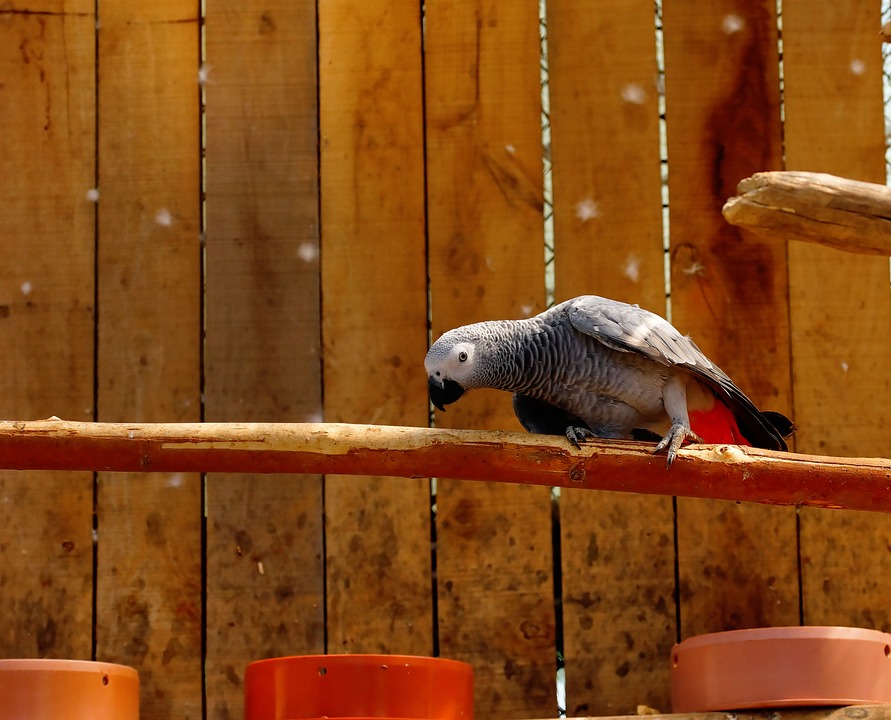Parrots are known for their vibrant colors, playful personalities, and inquisitive nature. One intriguing aspect of parrot behavior that often catches the attention of bird enthusiasts is their fascination with shiny objects. In this article, we will delve into the reasons behind this behavior, the possible explanations from an evolutionary standpoint, and tips on how to manage this fascination in your feathered friend.
Parrots are naturally attracted to shiny objects due to their reflective properties, which catch their attention and stimulate their curious nature. The vibrant colors and movement of shiny objects can captivate a parrot’s attention, triggering their instinct to investigate and interact with the item.
Interacting with shiny objects provides mental engagement and problem-solving opportunities for parrots. These highly intelligent creatures enjoy the challenge of figuring out how to interact with and manipulate these objects. Playing with shiny objects also fulfills their need for entertainment, leading to increased happiness and overall well-being.
From an evolutionary standpoint, the fascination with shiny objects can be linked to foraging behavior. In the wild, parrots often encounter shiny objects while searching for fruits and seeds. Over time, they may have developed an association between shiny objects and potential food sources. The ability to identify and investigate shiny objects could have provided parrots with a competitive edge, ensuring access to essential nutrients in their natural habitats.
Shiny objects may also play a role in nesting and mating behaviors. Parrots are known to incorporate shiny objects, such as small pieces of metal or shiny leaves, into their nests. This behavior may be instinctual, as the reflective surfaces could attract potential mates or serve as a form of display.
While parrots’ fascination with shiny objects is natural, it is crucial for owners to ensure their pets’ safety. Small and potentially dangerous shiny objects should be kept out of reach, as parrots may accidentally ingest or injure themselves while playing. Providing safe alternatives, such as stainless steel bells or reflective acrylic mirrors, can satisfy their fascination without posing any risks.
It is also important to encourage interactive play and enrichment for parrots. Introducing interactive toys that feature shiny components can engage their curiosity and provide mental stimulation and physical activity. Regularly rotating toys and introducing new shiny objects can prevent boredom and keep parrots engaged.
Some frequently asked questions about parrots’ fascination with shiny objects include why parrots get possessive over these objects, whether the fascination can be harmful, how to redirect their attention, and how to address aggression related to shiny objects. Parrots may become possessive over shiny objects due to their natural instinct to protect valuable resources. The fascination itself is not harmful, but owners should ensure that the shiny objects are safe for their parrots to interact with. Providing alternative toys and interactive playtime can help redirect their attention, and professional guidance should be sought if any concerning behaviors, such as aggression, arise.
In conclusion, the fascination of parrots with shiny objects is a unique aspect of their behavior that stems from their natural inclination for exploration, mental stimulation, and potential evolutionary advantages. Understanding the reasons behind this behavior can help parrot owners manage it effectively, ensuring the safety and well-being of their feathered companions. Remember to prioritize safety, provide enrichment, and seek professional guidance if any concerning behaviors arise.









